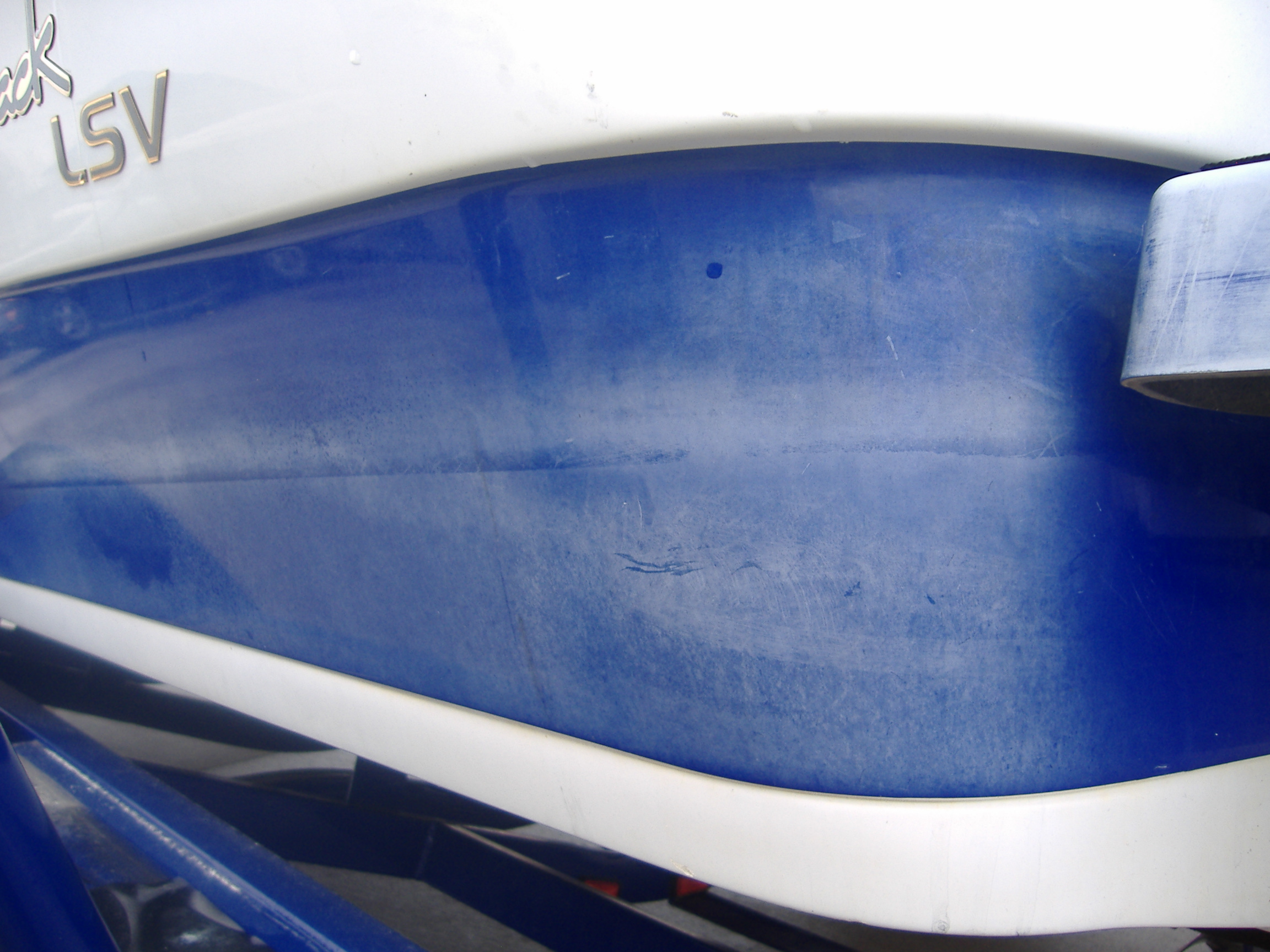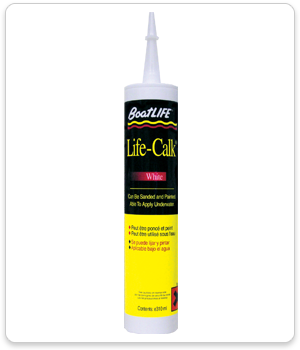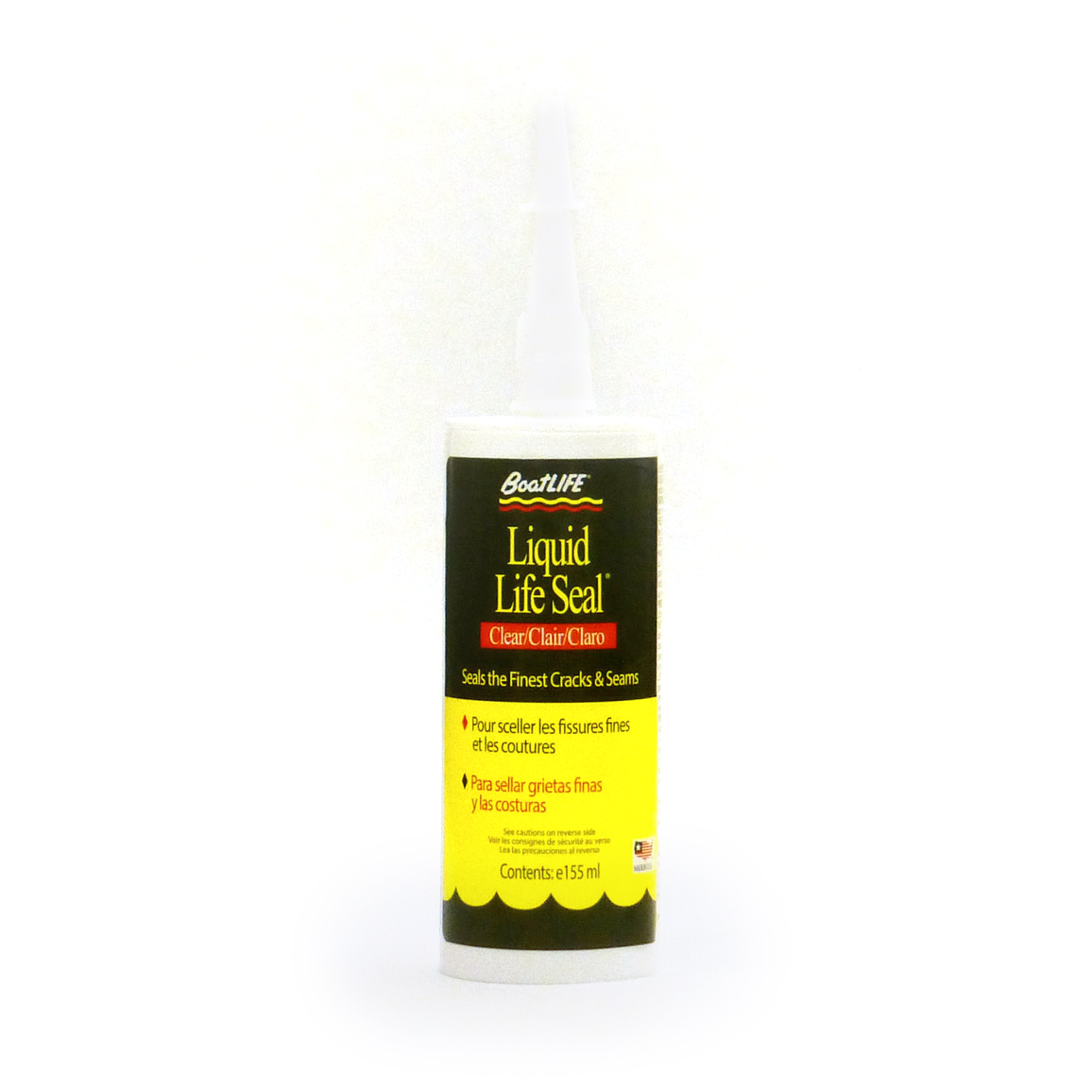
There’s nothing more disheartening for a boat owner than to see their carefully-maintained hull suddenly suffer a gouge. Gouges aren’t only unsightly, but can lead to more substantial problems such as leakage and long-term hull damage. We’ve put together a few tips for the best practices in fiberglass hull gouge repair to help you maintain your craft.
It Gets Worse Before It Gets Better
Many boat owners look for the quick fix solution—a simple putty they can put in their hull, the equivalent of duct tape for boats. But a fiberglass hull is more subtle than that. Like cleaning out the kitchen cabinets—it will look worse before it looks better. That’s because one of the best ways to repair a gouge is to use a high-speed die grinder or rotary tool featuring a burr nose. This gives you a chance to smooth out the edges a bit, which in turn makes it possible to add the gel coat more effectively.
Understand What You’ve Lost
A fiberglass hull gouge is so serious because it gets right through the layers of your hull’s protectant. It’s important to understand what you’ve lost with a gouge like that. One of the most important layers is the gel coat—the outer layer that creates a de facto seal between your boat’s hull and the aquatic environment. When this gel coat is damaged, your hull is susceptible to all sorts of problems.
FamilyHandyMan.com recommends using the following to repair the various layers of your hull:
- Powdered fiberglass filler
- Gel Coat
- Gel Coat reducer
To order the proper gel coat, you should have a look at your make and serial number and contact the manufacturer of your boat to get as close a match as possible to your color. The gel coat reducer will thin out the coat so it’s capable of spraying, which will provide you with an even coating.
Safety First
Handling something as challenging as gel coat will require focus and attention. So pay a good bit of that attention on safety, wearing goggles and chemical-resistant gloves to keep yourself out of harm’s way.
Once you’ve mixed the gel coat properly—shoot for a consistency like peanut butter—you can then apply the batches to the boat with a tool. Don’t be afraid to work in small batches to ensure that you handle each one properly, but keep in mind that the gel coat tends to cure quickly.
Caulking & Sealing
 What if your hull gouge didn’t come in the fiberglass, but you find areas of your boat that you need to caulk and seal? We have a range of boat caulking and sealing products available for quick repairs. The key, as always, is to match the proper sealant with the material getting sealed. It’s critical that you shop from a qualified boating store like BoatLIFE to ensure that all the products you use are marine-grade and designed for boats.
What if your hull gouge didn’t come in the fiberglass, but you find areas of your boat that you need to caulk and seal? We have a range of boat caulking and sealing products available for quick repairs. The key, as always, is to match the proper sealant with the material getting sealed. It’s critical that you shop from a qualified boating store like BoatLIFE to ensure that all the products you use are marine-grade and designed for boats.



